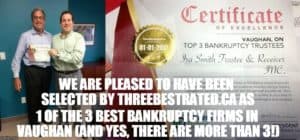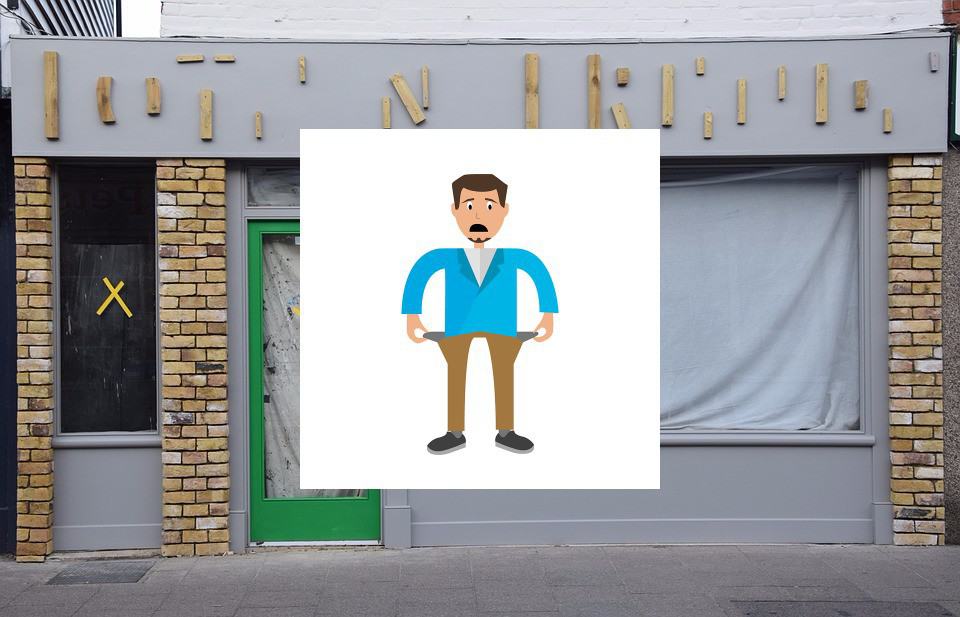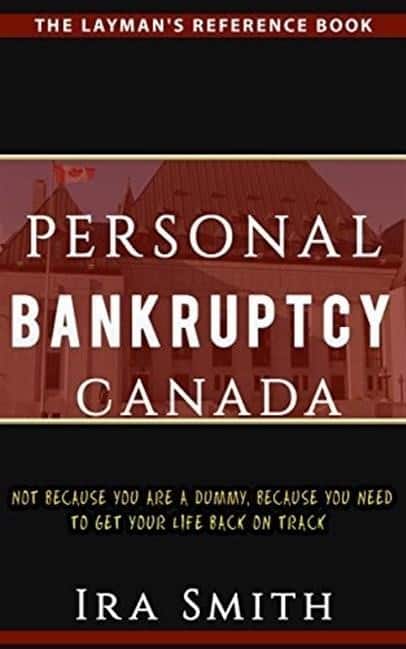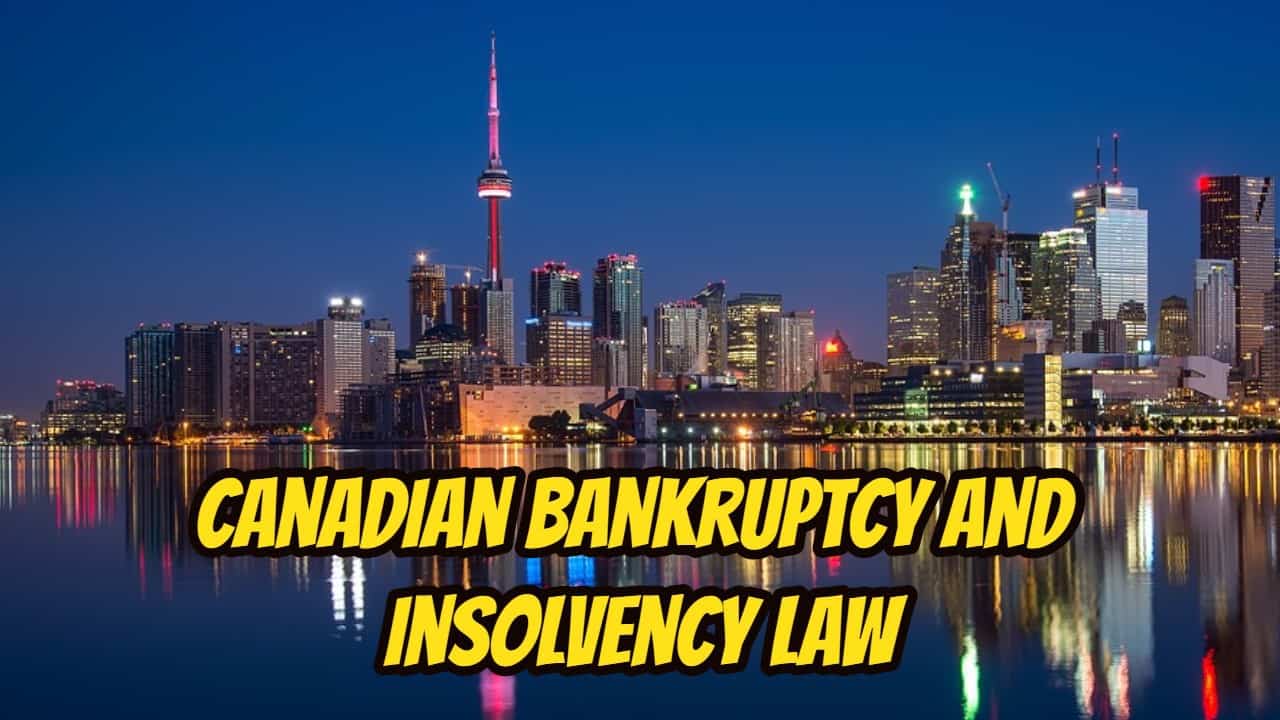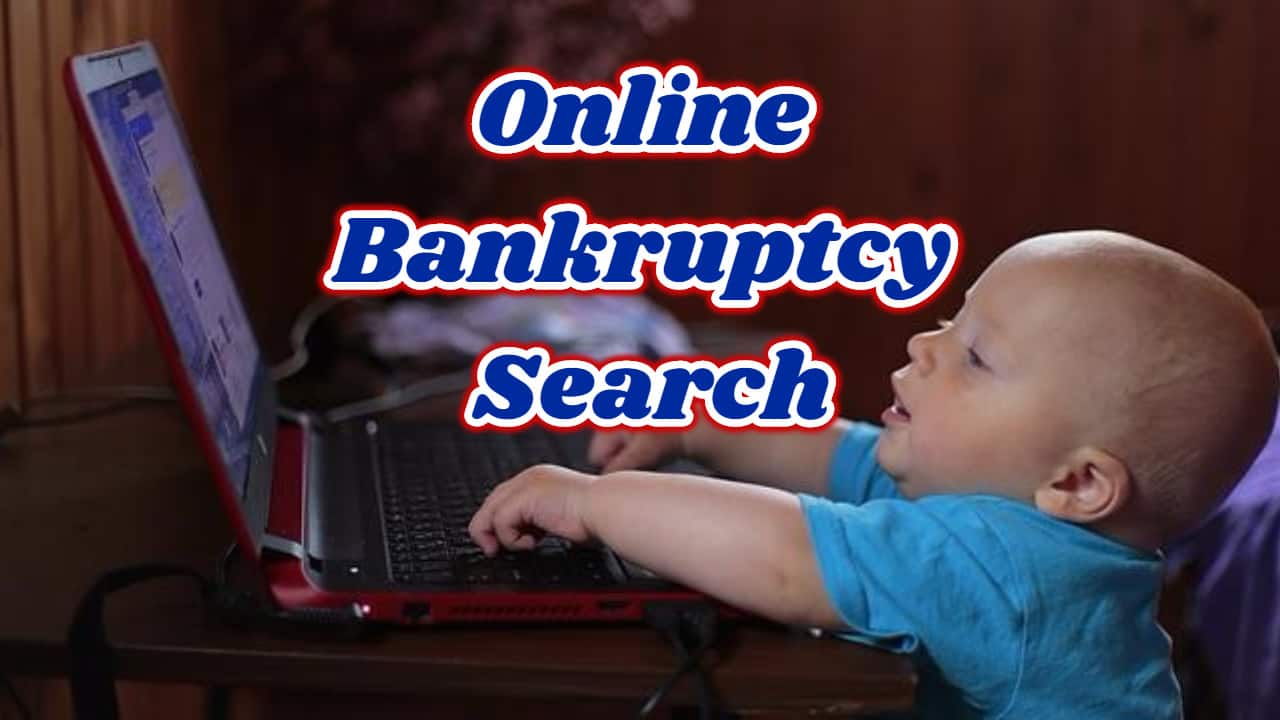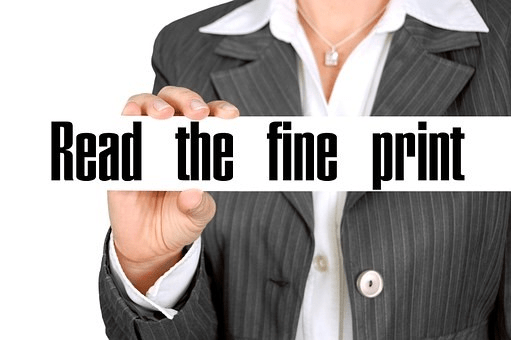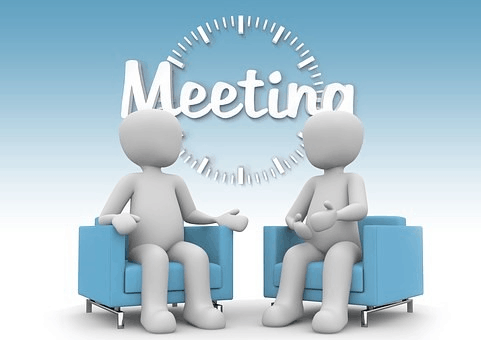Personal bankruptcy Canada FAQ : Introduction
: Introduction
Last week I provided you with my infographic, video and blog to give you information on the Canadian corporate bankruptcy Canada process. I focussed on how an incorporated business files for a voluntary bankruptcy in Canada. This week, I want to describe how an individual files for voluntary bankruptcy. I also want to answer what I have found to be the personal bankruptcy Canada faq. So look at the infographic and watch the video below. Feel free to read in more detail below the video.
Personal bankruptcy Canada faq: Personal bankruptcy process in Canada
One of the most asked questions is “What is the bankruptcy process in Canada?”. Last week our infographic and video described the corporate bankruptcy process in Canada. This week’s video describes the personal bankruptcy process in Canada.
VIDEO – Personal bankruptcy Canada faq

Personal bankruptcy Canada faq # 1 – How do I recognize if I am in financial trouble?
If you are having difficulty paying your debts or have actually quit paying them altogether then you are in financial difficulty. Call an expert, a government qualified trustee to check your choices for reducing your debt and eliminating your stress and pain.
Personal bankruptcy Canada faq # 2 – Is bankruptcy my only alternative to get relief from debt?
The short answer is no; there are other options. You should always start first with a free consultation with a licensed insolvency trustee (LIT or Trustee). A LIT is a private party licensed by Industry Canada to carry out the restructuring and liquidation rules under the Canadian Bankruptcy and Insolvency Act (BIA). The LIT will discuss options with you to first avoid bankruptcy. These options include:
- credit counselling;
- debt settlement;
- restructuring; and as a last resort
- bankruptcy
Bankruptcy does not deal with debts such as home mortgages, vehicle loan, spousal support or child support. Debt settlement firms try to bargain with your lenders to lower the amount owing. They also prepare a payment plan for you to settle the debt; they do not “erase your debt”.
The Canadian government is in the process of implementing new rules to curb the activities of some debt settlement companies. Some of them charge you for reviews that a licensed insolvency trustee performs for free. They also sell you products you don’t need, under the guise of helping you improve your credit score.
Personal bankruptcy Canada faq # 3 – I have actually seen advertisements from Debt Settlement firms stating they could erase my debt without making use of a Trustee in bankruptcy. Just how does that work?
They don’t and their ads are misleading. If you first have a free consultation with a LIT, you will learn that a number of choices available to you that include yet are not restricted to debt reduction including a consumer proposal.
Understand that these debt settlement firms are not licensed trustees. Eventually, they stop charging you for things a LIT would do for free. Then they ultimately hand you over to a LIT for either a consumer proposal or bankruptcy. You could have just gone to see a professionally licensed Trustee to start with!
Personal bankruptcy Canada faq # 4 – Do I get approved for bankruptcy?
You qualify for individual bankruptcy in Canada if you are financially troubled, insolvent and owe greater than $1,000.
Personal bankruptcy Canada faq # 5 – Should I file bankruptcy?
Without the detailed information of your unique circumstance, that decision cannot be made. Get In touch With Ira Smith Trustee & Receiver Inc. for a complimentary no commitment session so you will understand your options for ending your debt pains, Starting Over, Starting Now.
Personal bankruptcy Canada faq # 6 – If I declare bankruptcy, will I lose my house and car?
There are certain claims that are not released by your discharge from bankruptcy. Examples are home mortgages and car loans, if you choose to keep them. It comes down to what is your equity in those assets. The answer to that question and your ability to cash-flow those debts will be the determining factor. There is a list of items that are exempt from seizure. Call Ira Smith Trustee & Receiver Inc. to find out more.
Personal bankruptcy Canada faq # 7 – Once I file bankruptcy, exactly what occurs to the money I owe?
Once you declare bankruptcy you will be required to surrender certain non-exempt assets to the Trustee. These assets will then be sold and the money earned from the sale of the assets distributed among your creditors.
Personal bankruptcy Canada faq # 8 – Even though I have not located work in my field, I still owe on my student loans. Will my bankruptcy get rid of that debt?
Is your date of bankruptcy within 7 years of when you discontinued to be a full or part-time student? If so, your student loan debt will not be released by your discharge from bankruptcy. In particular instances, you could be able to apply to the court for a discharge of your student debt obligations under the “hardship provision”.
Personal bankruptcy Canada faq # 9 – What takes place to my salary or wages throughout a bankruptcy?
Salaries and wages are not influenced by bankruptcy. However you will need to complete an Income and Expense Form noting your household earnings as well as costs. This becomes part of your budgeting procedure. If your earnings goes beyond specific requirements developed by the Office of the Superintendent of Bankruptcy (OSB) (“surplus income”), you will be required to pay part of the surplus income into the bankruptcy estate through the trustee.
Personal bankruptcy Canada faq # 10 – Canada Revenue Agency has actually frozen my bank accounts and has a garnishee with my employer on my earnings. Just how can I stop all that?
If you have filed personal bankruptcy, personal income tax debt is an unsecured debt. As soon as you’ve declared bankruptcy or made a consumer proposal, Canada Revenue Agency (CRA) cannot start or continue taking any kind of enforcement activity versus you, consisting of wage garnishment or freezing your assets. Your Trustee will alert CRA once you file. The LIT will also advise both CRA and your bank and employer that any enforcement activity against you for your debt cannot continue.
Personal bankruptcy Canada faq # 11 – Will I still owe loan after I state bankruptcy?
Maybe, due to the fact that bankruptcy does not cover secured lenders – home mortgages, auto loan, student loans (if it is less than 7 years given that you discontinued to be a full or part-time student). It also does not cover certain other debts:
- penalties or fines enforced by the court;
- spousal support;
- child support; or
- debts arising from fraud.
Personal bankruptcy Canada faq # 12 – How long will I be bankrupt?
The time you spend in bankruptcy will depend on whether this is a first or 2nd bankruptcy and if you have surplus income. Get In touch with Ira Smith Trustee & Receiver Inc. to find out more.
Personal bankruptcy Canada faq # 13 – Who will know that I have declared bankruptcy?
As soon as you declare bankruptcy your Trustee will tell your creditors, CRA, and the Superintendent of Bankruptcy. The two Canadian credit bureaus, Equifax and TransUnion, obtain filing records from the Superintendent of Bankruptcy, so it will be on your credit report.
Bankruptcy filings are a public document. On top of that particular personal bankruptcies, those with non-exempt assets estimated to realize more than $15,000, need an ad in the “legal” section of a local newspaper.
Personal bankruptcy Canada faq # 14 – How will bankruptcy influence my credit score ranking?
An individual that files bankruptcy gets the lowest credit score ranking. Details of your bankruptcy that influences your credit report is inevitably eliminated many years after your discharge from bankruptcy.
Personal bankruptcy Canada faq # 15 – What does a LIT/Trustee do?
A Trustee is an individual or company licensed by the OSB to carry out mandates under the BIA such as bankruptcy, proposal, consumer proposal, summary administration bankruptcy and business reorganizations. A LIT is an officer of the Court. The Trustee has a duty of care for the rights of both the debtor and the creditors.
The LIT also makes certain that the legal rights of the insolvent/bankrupt are not abused.
Here is a listing of standard steps taken by a Trustee:
- Reviews and counsels debtors on available alternatives
- Prepares official documentation that is both filed with the OSB and used to tell creditors
- Ensures the validity of creditors’ claims
- Ensures that debtors are provided with mandatory counselling and access to mediation services if there is a dispute about any income they are required to contribute
- Sells the debtor’s assets, except those exempt from seizure by provincial and federal laws, and hold the proceeds in trust for distribution to creditors
- Administers the bankrupt estate from beginning to end
- Assesses the debtor’s conduct both before and during a bankruptcy, as well as the cause(s) of the bankruptcy; and
- Arranges for (and if necessary reports all the above to the Court) for the bankrupt’s application for a discharge (in the case of personal debtors)
Personal bankruptcy Canada faq # 16 – How do I pick the ideal Trustee?
Make an appointment for your free consultation. Meet with the Trustee and ask any questions you might have about alternatives to bankruptcy, consumer proposal, debt settlement/restructuring, bankruptcy and/or the bankruptcy procedure. Get a feel for not only the answers you receive, but how interested does the Trustee seem in you as a person. Can you see yourself relating well to that person. Does the Trustee make you feel comfortable and the type of person you want to work with.
If not, consult with a different Trustee firm and repeat the procedure until you find a Trustee that you really feel comfy working with.
Personal bankruptcy Canada faq # 17 – Is my spouse/partner impacted by my bankruptcy?
Your partner/spouse will not be financially affected by your bankruptcy unless they have co-signed a debt or own assets jointly with you. A creditor could pursue your spouse/partner for any debt that they have co-signed for. This includes a mortgage on your jointly owned home.
Personal bankruptcy Canada faq # 18 – How will my bankruptcy impact my present divorce case?
In Canada, the bankruptcy process does not interfere with the majority of the divorce proceeding. The Trustee will stand in the shoes of the bankrupt spouse when it comes to the rights for either the equalization payment or the division of property. All issues about spouse and child support and child custody issues carry on as if there was no bankruptcy at all.
Personal bankruptcy Canada faq # 19 – What is Chapter 7?
Chapter 7 is not applicable in Canada. It is the liquidation section of the U.S. Bankruptcy Code, the federal law governing bankruptcy in America.
Personal bankruptcy Canada faq # 20 – What is Chapter 11?
Chapter 11 is not applicable in Canada. It is the corporate restructuring section of the U.S. Bankruptcy Code, the federal law governing bankruptcy protection in America.
Personal bankruptcy Canada faq – What Now?
I hope that you have found this information helpful. Bankruptcy is the last thing we try to do for a person in financial difficulty. If caught early enough, we can get involved in a debt settlement restructuring program for you.
The Ira Smith Team knows that you are worried because you are facing significant financial challenges. The stress placed upon you is enormous. We understand your pain points.
Contact the Ira Smith Team today. We know how to solve your financial challenges, remove your pain and put things back on a healthy path. Contact us today for your free consultation so that we can save your life, Starting Over Starting Now.


